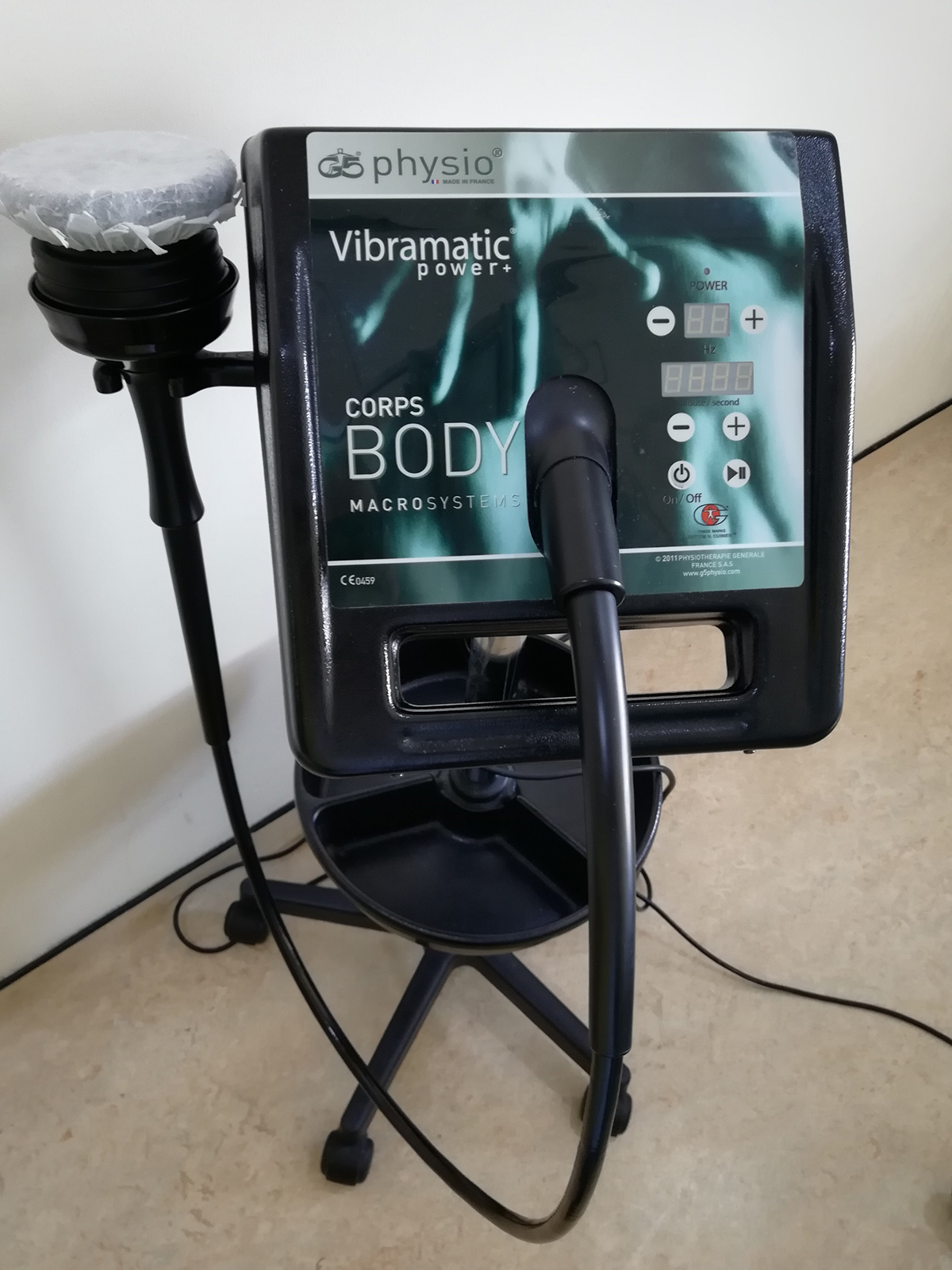
Chest physiotherapy is a treatment modality which includes removal of the excessive secretions form the lungs by the physical means. It is highly effective and can assist a cough and help in re-education of the breathing muscles. The goal of the therapy, apart from removal of the mucous, is to improve ventilation of the lungs. Chest therapy improves breathing and allows lungs to be well supplied with oxygen.
In case of lung infections the fluid and many secretions tend to accumulate inside the alveoli. Normal reaction of the body includes coughing and this way the mucus and other secretions are eliminated from the respiratory tract. However, if there is weakness of chest and lung muscles a patient simply cannot cough and remove the accumulated fluids. Furthermore, in some cases a patient can cough but the mucus is too sticky to be removed just by a simple act of coughing.
When is Chest Physiotherapy Recommended
This treatment modality is used in patients who are not capable to cough and remove secretions on their own.
Chest physiotherapy is indicated in people suffering from each and every lung disease or disorder which causes accumulation of secretions and in case patients are not able to remove secretions on their own. Children suffering from SMA type I and II have weak abdominal and intercostal muscles. This is why their cough is practically ineffective and prolonged accumulation of secretions will eventually cause lung infection. Even people suffering from type III SMA suffer from frequent respiratory infections. However, they have no problems when it comes to removal of the secretions from the lungs. Increased accumulation of secretions also affects people suffering from scoliosis, contractures and reduced mobility.
Chest Physiotherapy - the Procedure
Patients are trained by a well experienced chest physiotherapist. He/ she shows a patient how to perform certain exercises and do chest therapy at home.
One way to remove the secretions is by postural drainage. This method uses gravity and brings the secretions to the throat from where they can be easily removed. If secretions are accumulated in the bottom lobes of the lungs the patients are generally tipped head down. One more method is percussion. This includes 'patting' the chest which may induce movement of the secretions. Furthermore, patients also benefit from assisted coughing.
Chest physiotherapy is usually performed several times a day. It is not supposed to be performed straight after a meal or drink. The one needs to wait approximately an hour after a meal or drink to start with the therapy since this way some of the potential complications can be successfully prevented.


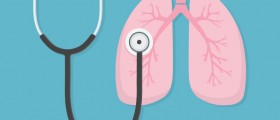


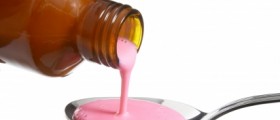
-And-Breathing-Problems_f_280x120.jpg)
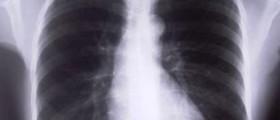

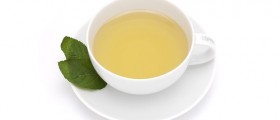

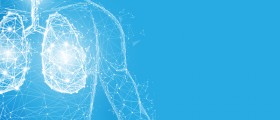
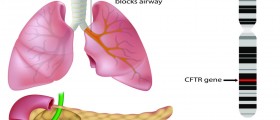
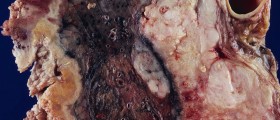


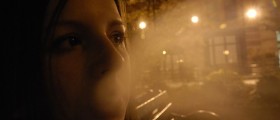
Your thoughts on this
Loading...